I’ve suggested comments to help condense specific parts of the introduction to fit the 30-word limit. Let me know if you’d like further adjustments!
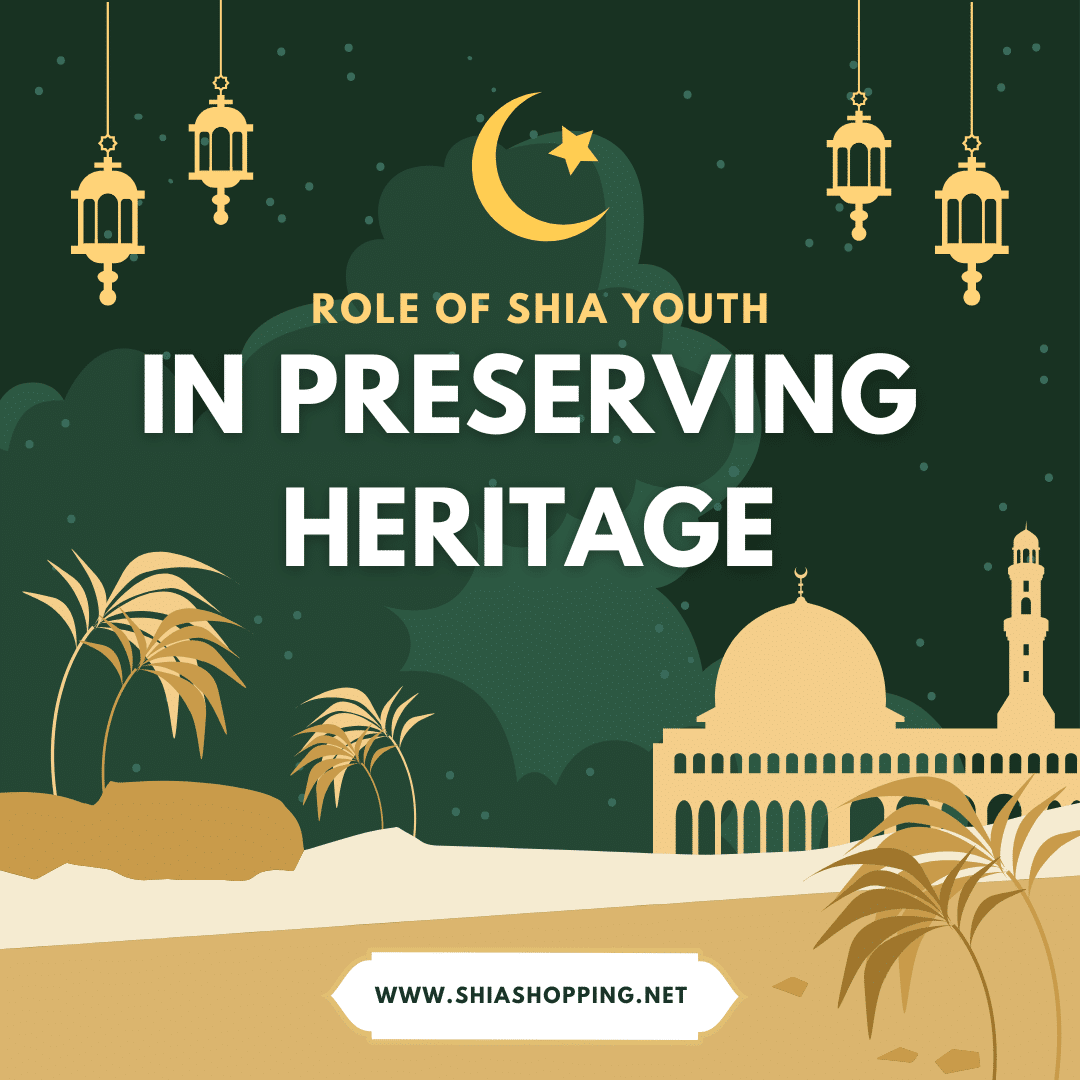

I’ve suggested comments to help condense specific parts of the introduction to fit the 30-word limit. Let me know if you’d like further adjustments!
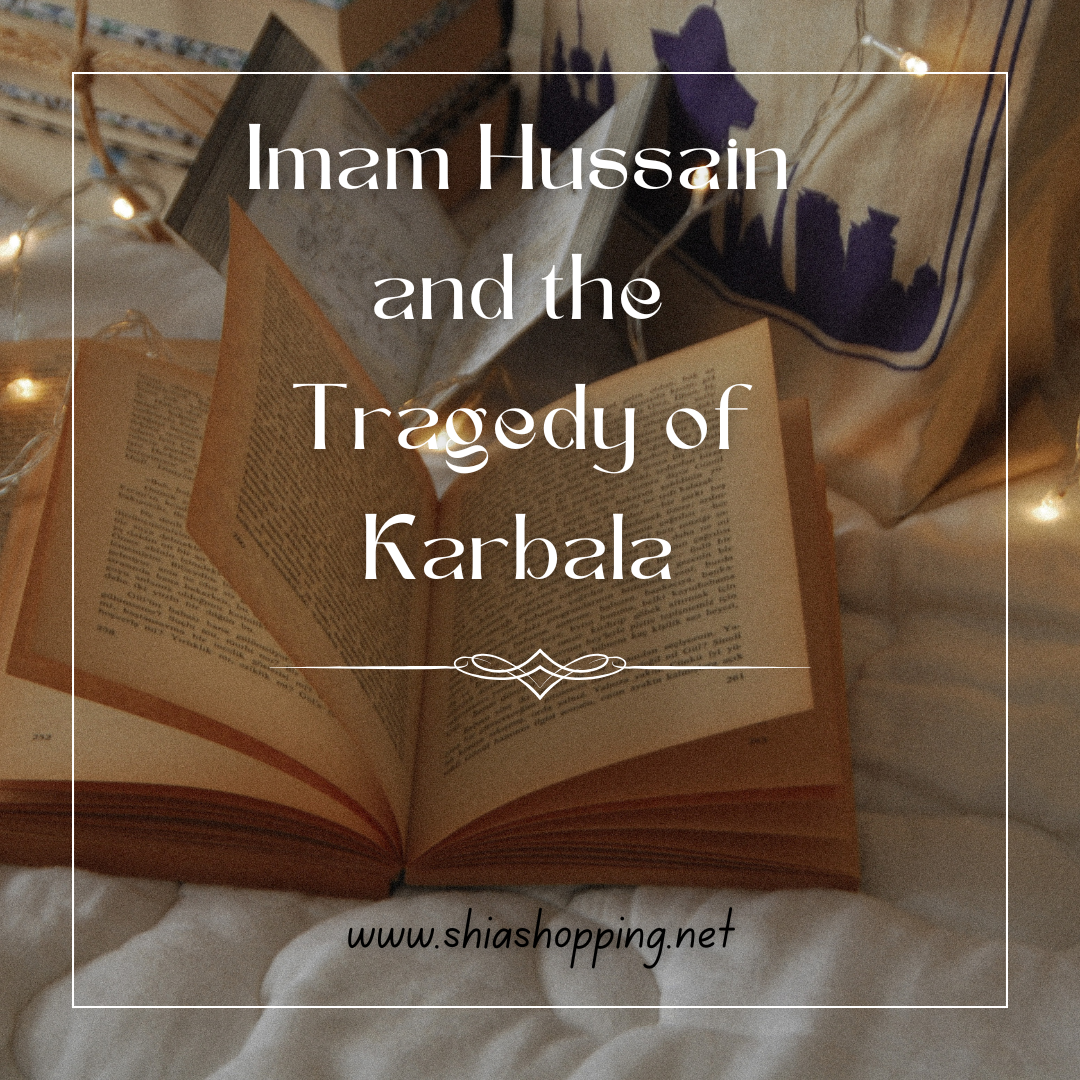
Imam Hussain, the grandson of Prophet Muhammad, symbolizes courage, justice, and sacrifice. His unwavering stand against tyranny inspires generations, embodying the true essence of Islamic principles and moral resilience.

Turbah is crucial for Shia Muslims because it represents a deep spiritual connection to Imam Hussain and the sacrifice at Karbala. Used during prayer, it embodies faith, humility, and centuries of devotion, making it an integral part of Shia worship.
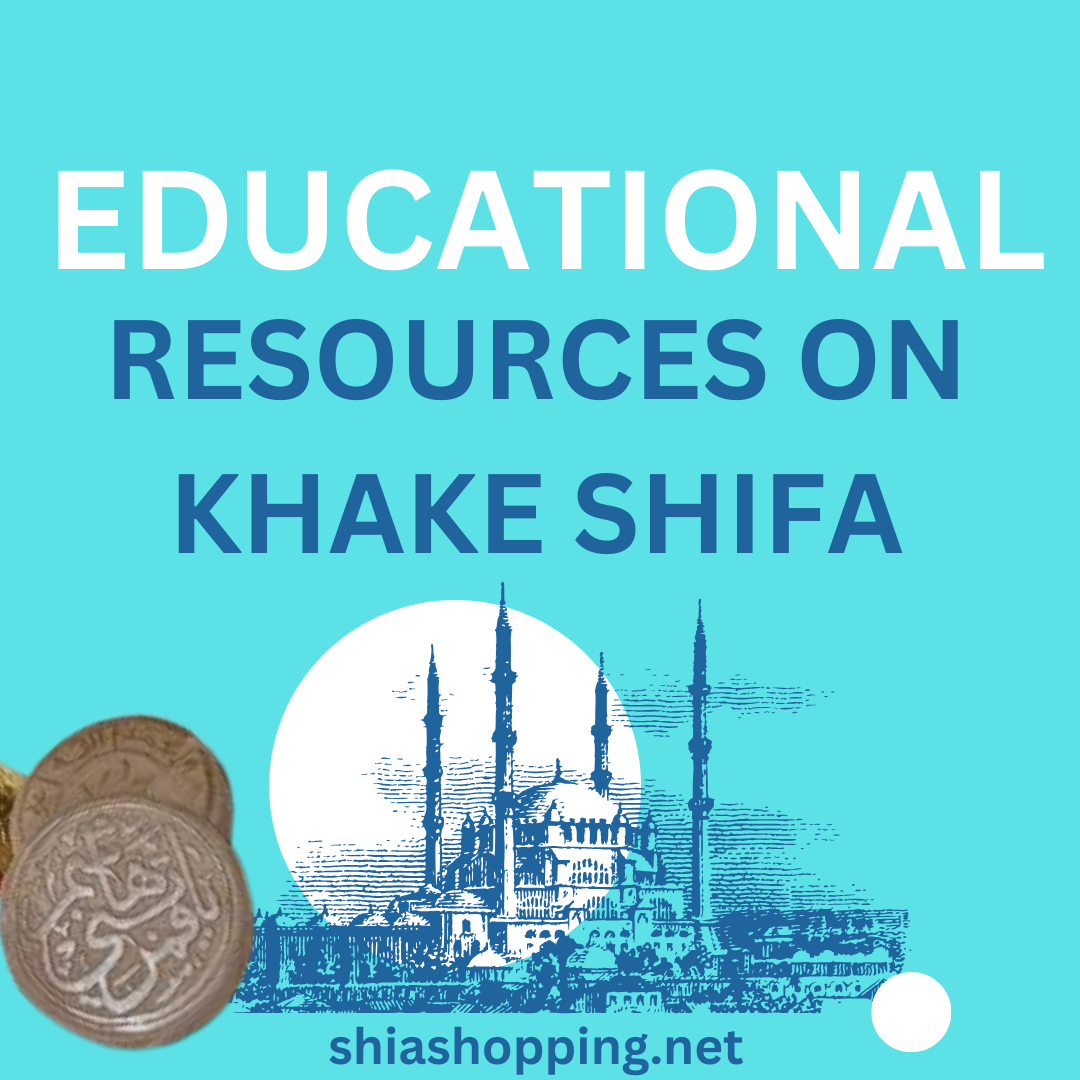
Educational resources on Khake Shifa are comprehensive, covering its spiritual significance, historical background, and practical uses in Shia Islamic practices. From books and scholarly articles to online courses and seminars, these resources offer in-depth learning opportunities. Libraries, religious institutions, and digital platforms provide access to a wealth of information, ensuring a thorough understanding of Khake Shifa. Whether through traditional or digital media, these educational tools help believers and scholars alike deepen their knowledge and appreciation of Khake Shifa’s role in Islamic spirituality.
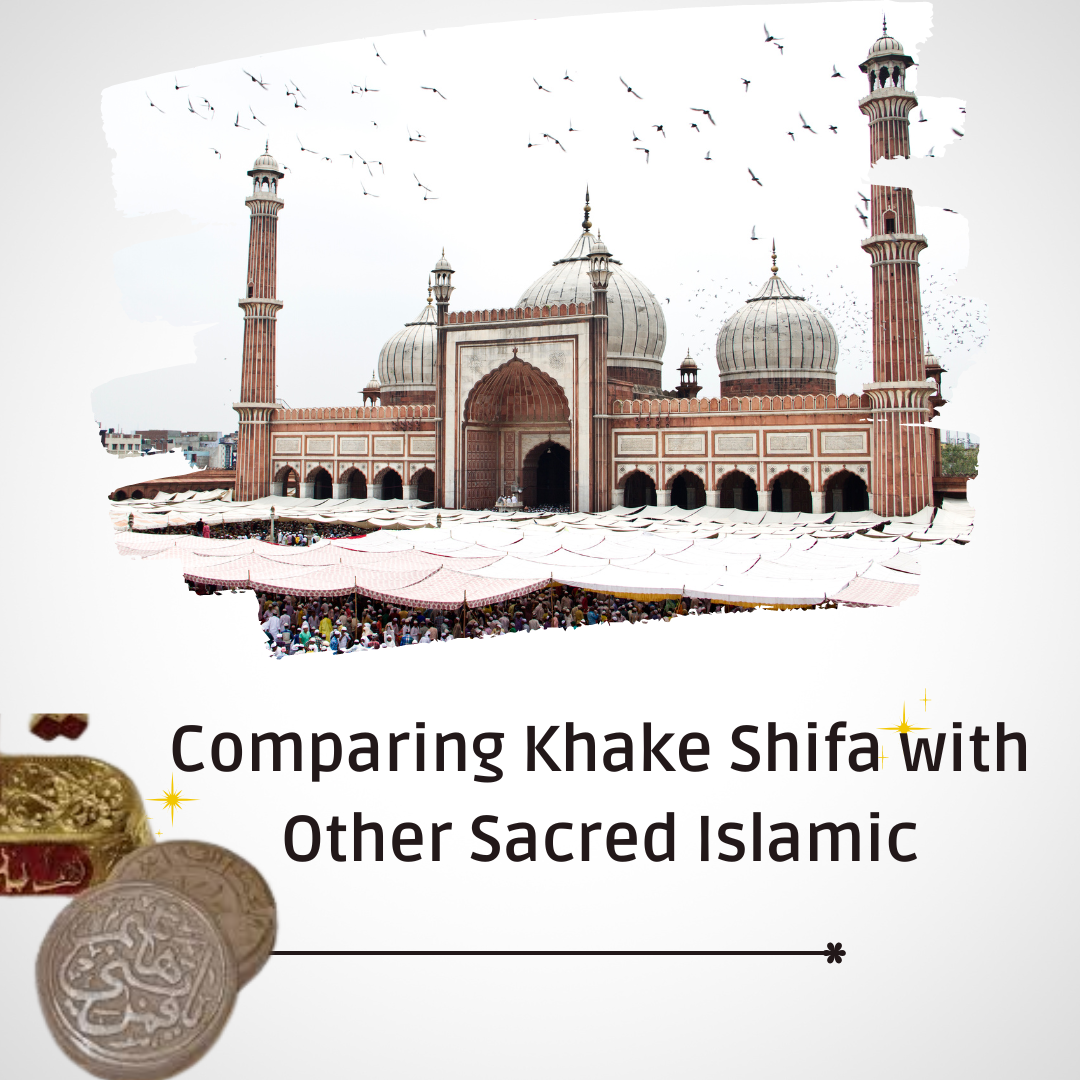
Comparing Khake Shifa with other sacred Islamic items reveals its unique role in Shia tradition, particularly its deep connection to Karbala. By comparing Khake Shifa with other sacred Islamic artifacts, we gain insight into its specific significance in healing, protection, and spiritual practices, showcasing its distinct place in Islamic faith.
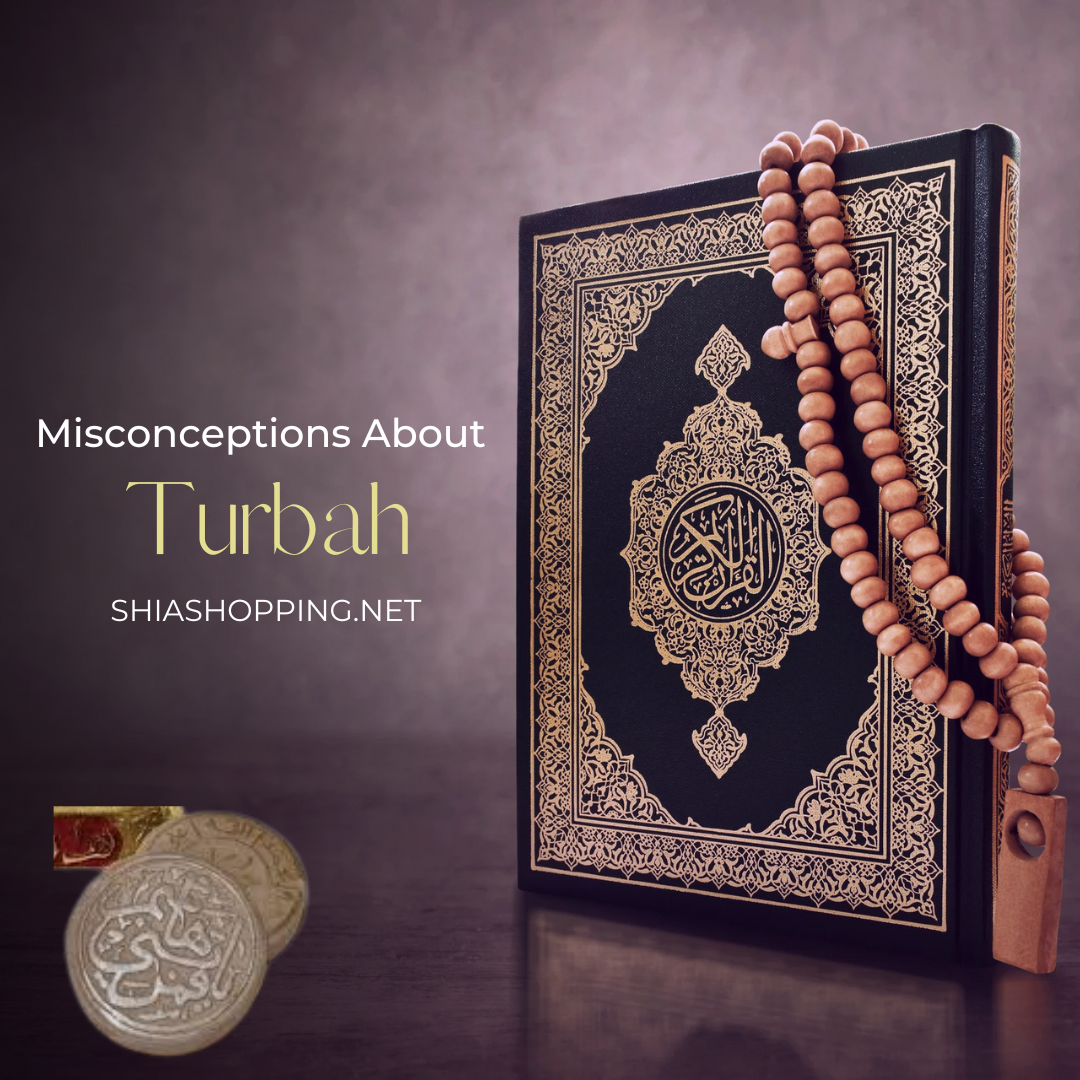
Turbah is often misunderstood as a form of idol worship, which is incorrect. Many believe it is exclusive to Shia Muslims, but some Sunnis also use it. Another misconception is that it must be made from Karbala soil, whereas any clean earth is permissible in Islamic practice.

Eating turbah is prohibited in Islam due to several reasons. Firstly, there is no religious justification or precedent for consuming earth or clay as a form of worship. Additionally, ingesting impure substances contradicts Islamic principles of cleanliness and purity. Furthermore, health considerations highlight potential risks associated with consuming turbah. Therefore, Muslims are advised to adhere to the teachings of Islam and refrain from any practices that lack religious legitimacy.

Praying on a turbah is a Sunnah established by Prophet Muhammad (PBUH). He encouraged this practice, emphasizing its importance in Islamic prayer. Following his example, Muslims worldwide use turbahs to symbolize humility, purity, and reverence during worship. This tradition connects believers to the Prophet’s teachings and fosters a profound spiritual connection to Allah.
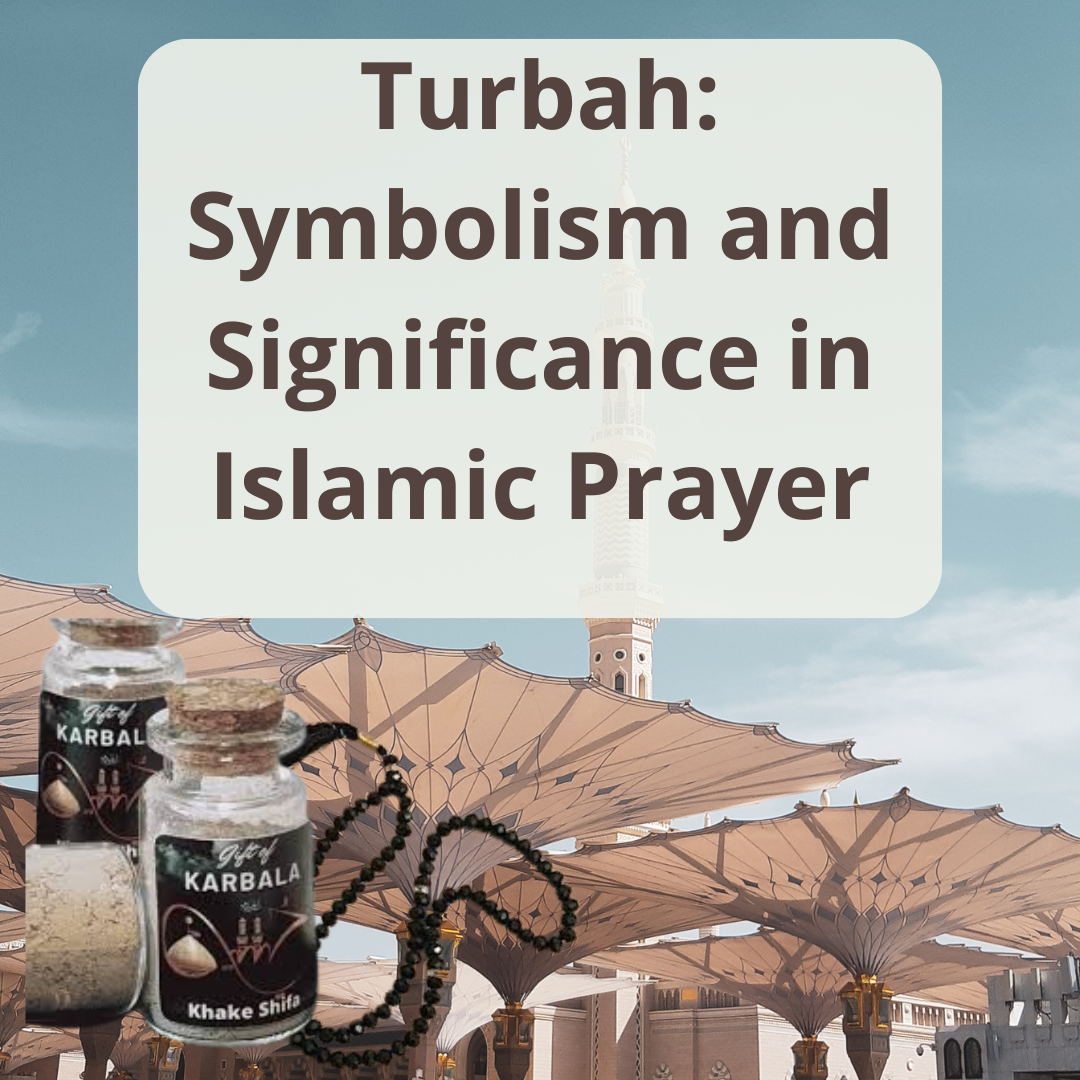
The turbah holds profound importance in Islamic prayer, specifically for supporting the head during prostration. It symbolizes humility, purity, and submission to Allah. By bowing upon the turbah, believers connect directly to the earth, embracing its natural purity and simplicity. This act fosters spiritual cleansing and a sense of unity among worshippers, transcending social barriers. Furthermore, the turbah carries historical and cultural significance, honoring the sacred heritage of Islam. Placing the forehead upon the turbah is a tangible manifestation of devotion, enriching the prayer experience and reinforcing the principles of faith and reverence.

The classification of prostration on the turbah as bid’ah (innovation) or Sunnah (tradition) varies among Islamic scholars. Shia Muslims view it as an emulation of the Prophet Muhammad’s actions, thus falling within the realm of Sunnah. Conversely, some Sunni scholars may regard it as bid’ah due to its absence in explicit Hadith literature. The status of prostration on the turbah reflects differing theological perspectives within Islam, with Shia adherents emphasizing emulation of the Prophet’s practices and Sunni scholars prioritizing adherence to established traditions documented in Hadith.